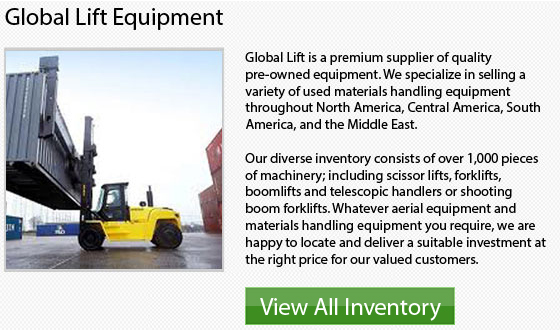
Lift trucks were initially introduced in the start of the twentieth Century. They have grown exponentially since the very first models. Their original purpose was to move supplies in an effective manner. This is still the key objective. There are an array of different kinds of lift trucks utilized in the material handling industry.
Motorized Pallet Truck Rider Type
Ride-on lift trucks are motorized versions of pallet jacks. These equipment are normally used to move pallet trucks over extreme distances, sometimes between different departments or storage areas. There is a different version called the walkie version. This kind lacks the higher speeds and the operator platform. Hi maneuverability and low cost make these vehicles a better option for operations where frequent load movement is necessary. Several of the common alternatives consist of double pallet length forks that enable you to move 2 pallets in one trip.
Electric Counterbalanced Lift Truck
The Electric Counterbalanced Lift Truck is capable of racking and stacking loads, used to transport pallet loads, as well as load trailers throughout a facility. This model has various types of attachments available and must have a wide aisle for turning.
Internal Combustion Counterbalanced Lift Truck
Electric trucks have functionality like an internal combustion counterbalanced lift truck. Propane models are able to be used outdoors or indoors so long as there is ample ventilation.
Order Selector
There are man-up types of vehicles that are specially designed for hand loading less than pallet load amounts out of and into selective rack. The VNA or also known as very narrow aisle vehicles works in aisles less than six feet wide. These Order Selectors are also referred to as Order Pickers.
Reach Truck
Narrow aisle trucks which are 8 to 11 feet are made particularly for racked pallet storage. Double-deep versions load pallets 2-deep in special double-deep racking systems. These kinds of reach trucks are very efficient and can make racked pallet storage a more streamlined process.